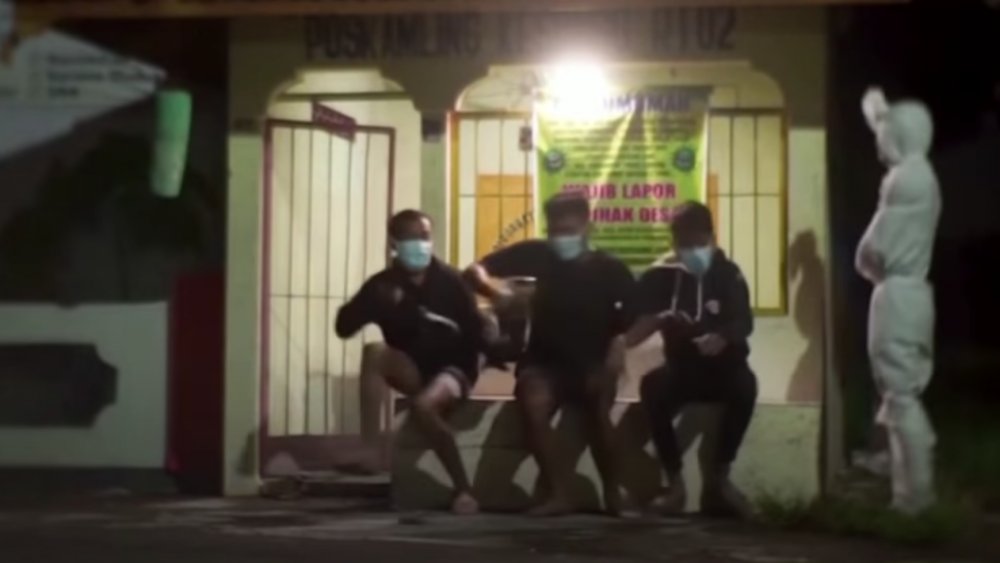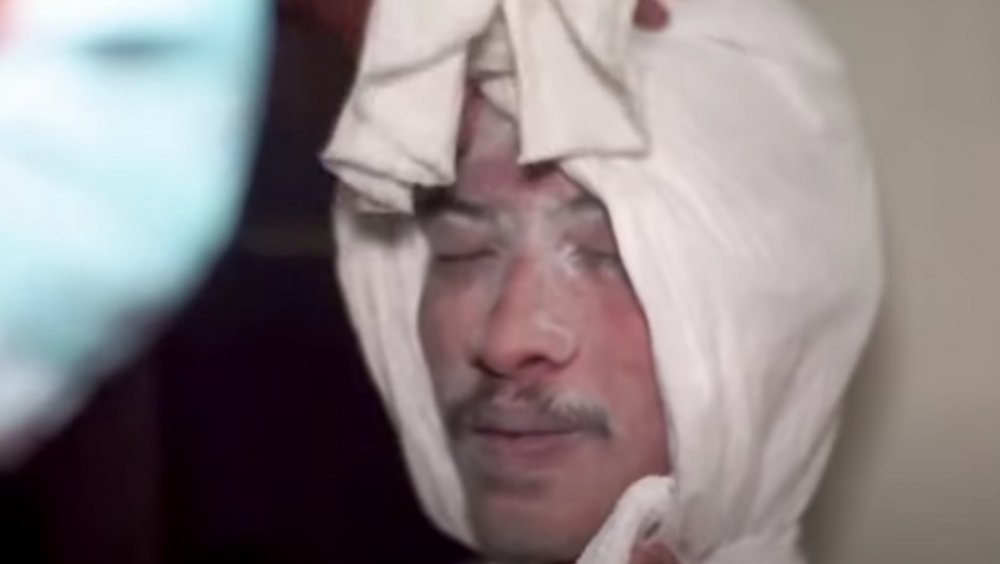The Truth About Indonesia's Coronavirus Ghosts
Indonesia is a nation possessed by ghosts, but it's a willing host. As described by the Asia Times, the ghosts that Indonesians believe in embody the zeitgeist. Some citizens exploit this tradition, using ghostly shenanigans as a legal defense for crimes. For instance, villagers who killed a legally protected tiger and probably sold its parts on the black market claimed they confused it with a malicious shape-shifting spirit. People also use ghosts to cope with woeful events. When a 2014 Air Asia flight crashed into the Karimata Strait, claiming the lives of 162 people, Jakarta governor Basuki "Ahok" Purnama implied that ghosts downed the plane. Though Purnama later cast his comments as a joke, many Indonesians are dead serious in their belief that ghosts exist.
Indonesia's ghosts are defined by a supernatural taxonomy, and the characteristics attributed to them often coincide with the darker side of life. Many spirits are female and are categorized in connection to the widespread suffering and injustices many women face in life. These spirits are frequently victims of rape, gender-based violence, or died in childbirth. Others have more sinister qualities. And in 2020, some have the novel coronavirus.
The sick sense
In the wake of the coronavirus pandemic, Indonesia needs to resemble a ghost town now more than ever. That means steering clear of crowds and staying indoors whenever possible. But even with a spirited tradition of fleshed-out and influential ghosts, it can't be easy to mirror the spirit world when spirits are invisible. That's why one Indonesian village has taken it upon itself to help residents tap into their inner Haley Joel Osment.
Reuters reports that the village of Kepuh has recruited a cast of "pocong," or "shroud ghosts," to encourage social distancing. Indonesian tradition holds that "pocong" are trapped souls, so it's only fitting that they're deployed to get people to lock themselves indoors. The initiative was born from a collaboration between police and a local youth group. Initially, it attracted spectators, but with time the ghosts apparently freaked people out. Wrapped in white fabric and sporting powdered faces, ghost force polices the streets and jumps out at unsuspecting pedestrians to scare some sense into them — one might say the sick sense.

